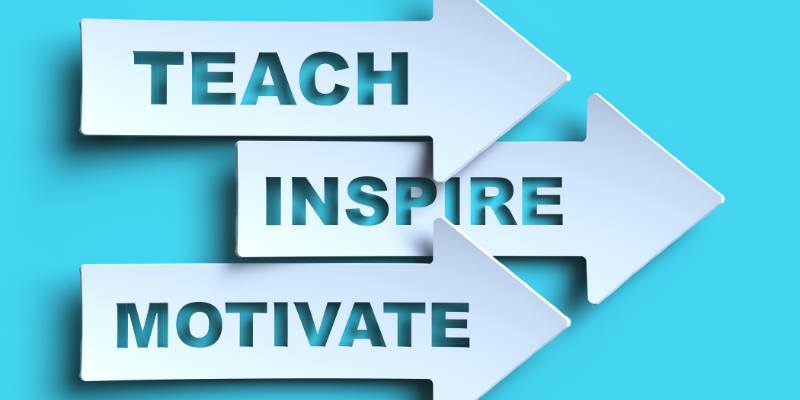Have you ever used stories to market a service, sell a product, or just get in touch with your target market? Do you know how story works in copywriting?
If you don’t, you’re missing out on one of the easiest ways to show that you’re an expert in your field.
Why?
Because every successful marketing campaign is built on well-constructed storytelling, which also serves as the cornerstone of any successful brand.
A story that connects with your market will bring your brand and its audience closer together and show that you are serious about giving value. It will also show your market that you understand their concerns, fears, and desires.
With a story entwined throughout your product launch and within your branding itself, you’ll be able to better connect with your audience because you’re showing them why your brand even exists and how it was created to help them.
And that’s powerful stuff!
Storytelling can also help you find your voice and stand out in the market because it gives your audience a new perspective and a closer look into the workings of your business and how your products or services are designed to help them.
It lays out the origin of your business and explains how you can help them move to the next level in life or their own business.
Because let’s make one thing clear: storytelling in marketing isn’t about you. It’s about your customer!
Even when you weave personal stories into your marketing campaigns, the purpose is to highlight the benefits your audience will gain by choosing your brand above all others.
There are many ways you can effectively use storytelling to penetrate a new niche, connect with an audience and stand out from the crowd.
Are you excited? You should be!
Let’s start
How story works in copywriting

You’ve probably heard about the famous 2$ Billion Wall Street Journal sales letter. It’s the one that compares two guys who are very much the same.
They’re both better-than-average students, both personable, filled with ambitious dreams of the future, and graduated from the same class.
Twenty-five years later, they meet for their class reunion. They both work for the same company, but while one is the manager of a small department, the other is the president.
What made all the difference? In this case, reading the Wall Street Journal.
Every story has three main parts:
The beginning, middle, and end are the three key sections of every story. You need to know how story works and why it needs to cover all the bases when you use storytelling to increase your audience reach. Therefore you’ll start by:
Step 1: Setting the Scene

You’re building the framework for your story arc in the first section of your storytelling campaign. The scenario is being set by you.
You describe the conflicts that your audience is going through. To show that you comprehend your market and the issues they face, you are essentially addressing the issues they need assistance with and explaining your brand message.
This is crucial since it will show how story works, set the tone for your entire campaign, and strengthen the relationship between your business and its target market.
Step 2: Suggesting a Solution
You engage your audience in the second half of your narrative campaign by providing a solution to the issues mentioned in step one.
You can establish a connection with your market by being approachable, involving them directly in your content, and proving that you know what they need and can provide it.
Step 3: Call to action
Every classic romance novel ends with the hero and heroine riding out into the sunset, finally realizing they have found they’re happily ever after.
Using market-based storytelling, you may entice people to make a purchase, join your channel, or follow your brand to experience the same happily ever after.
At this point, they must decide whether to proceed and go on a course to achieve their objectives with your support and direction.
These three essential steps are always part of the anatomy of any good story.
Many clients who would normally fall in love with your brand will turn away if you launch a narrative campaign with a hard-sell or aggressive strategy that skips steps one and two.
Throughout your campaigns, you must count them. This starts with demonstrating your understanding of their problems, resolving the disagreement, and encouraging them to act so they can reap the benefits.
How to Motivate & Inspire

Stories must inspire and motivate, and there is no simpler way to achieve that than by personalizing them. That is why you must know how story works in copywriting.
Here, you should discuss the reasons behind the creation of your brand, the driving forces behind the founding of your business, as well as your objectives and aims.
This is where you explain why your brand was created, what motivated you to create a company in your market, and your personal goals and missions.
Of course, you want to keep your audience in mind when crafting this story so that they feel a part of it and can go on the journey with you.
For example, if you sell a weight loss course designed to help people live healthier lives, your story should begin by outlining your journey and transformation.
You become your case study and, subsequently, the best testimonial you can offer.
But you then must emphasize how your training program will produce the results your audience wants. It’s one thing that you could accomplish your weight loss or fitness goals, but how can others be sure they can follow your lead?
This is where personal storytelling becomes a critical component to successfully connecting with your audience on a deep level. It’s when you get the opportunity to show them what’s possible and how by purchasing your fitness program, they too will be able to reach their goals.
The more personalized your storytelling campaigns are, the more effective they’ll be. Testimonials are a powerful weapon in sales and marketing, but when you begin by sharing your journey with your audience, you’ll be able to create an unforgettable story that will motivate and inspire your audience.
Effective Storytelling Hacks
I call these storytelling hacks because they’re fast and easy ways to ensure you know how story works and you are hitting the hot buttons and fulfilling your goals by creating an irresistible story that will resonate with your audience.
Tip 1: Listen to your Audience
Once you’ve kicked off your storytelling campaign, you need to start listening. This is when you gauge responses and can keep a pulse on how your audience feels about your story.
Listening to responses helps you tweak your storyline so that it better aligns with what your market is looking for, so you must stay on top of each phase of your storytelling campaign and leave room for adjustments and growth.
Tip 2: Be Memorable
This goes without saying, but there are easy ways to ensure your story is share-worthy.
You want to get as many people talking about your story as possible, so you want to research and understand audience triggers and overall motivations.
Knowing your audience will make it easier for your stories to stick.
Tip 3: Be Personal
You want your story to connect with the average consumer in your market, so it needs to be told at a level they best understand.
Getting personal in your storytelling campaigns will make it easier for you to connect with your market, but it will also ensure you’re approachable, come across as genuine, and that is deeply involved.
People want to know that you offer a high level of engagement and involvement in the products and services they purchase.
It’s about creating a marketing campaign that improves your customers’ experience.
Tip 4: Be Relatable
I mentioned the importance of personalizing your campaigns, but you want to take things further by ensuring you are reliable.
It’s easy to look at our market as groups of people without understanding the kind of audience we’re catering to.
What makes them tick? What are they most interested in? What do they fear? What are their overall goals?
Being relatable shows them that you’ve done the job of researching the market to know what is most important to them, but more importantly, it demonstrates that you’ve worked hard to create a brand that’s tailored to their needs.
I wish you the very best with your storytelling campaigns!
Want me to help you with creating fantastic storytelling copies?
Contact me at
ekuzevska@onlinemarketingacademy.club
or book a call
https://calendly.com/workwitheli

